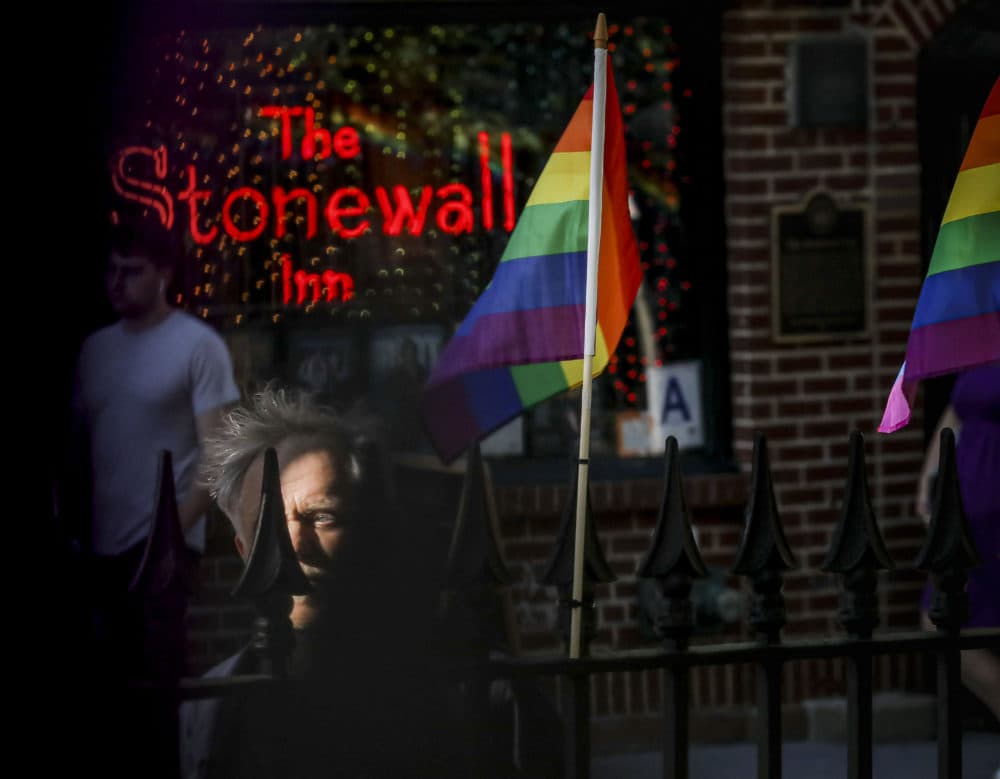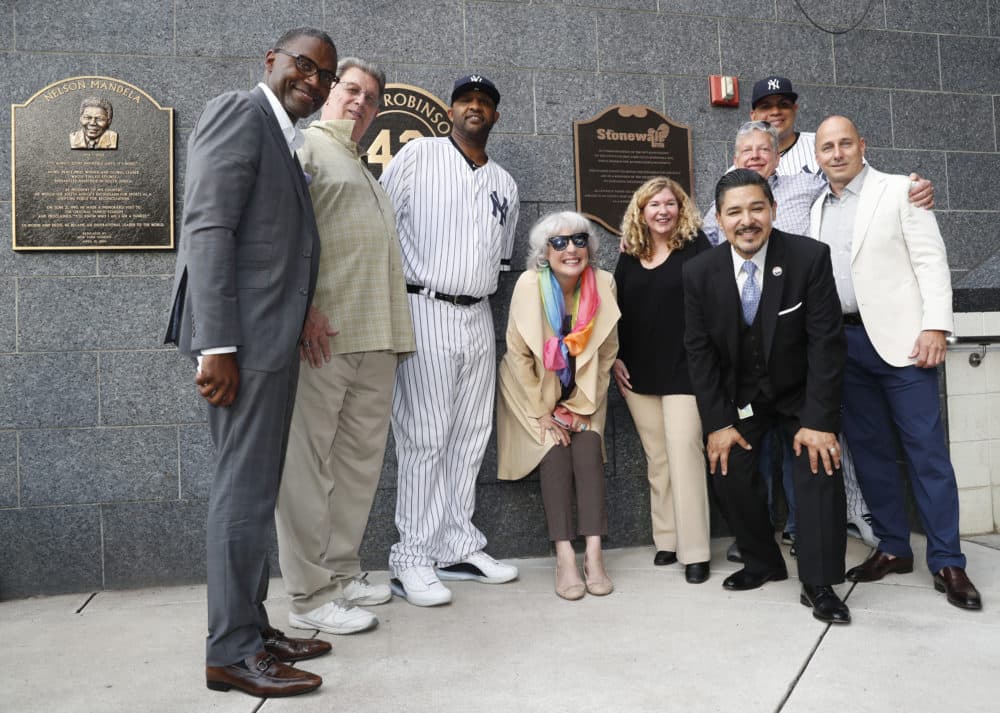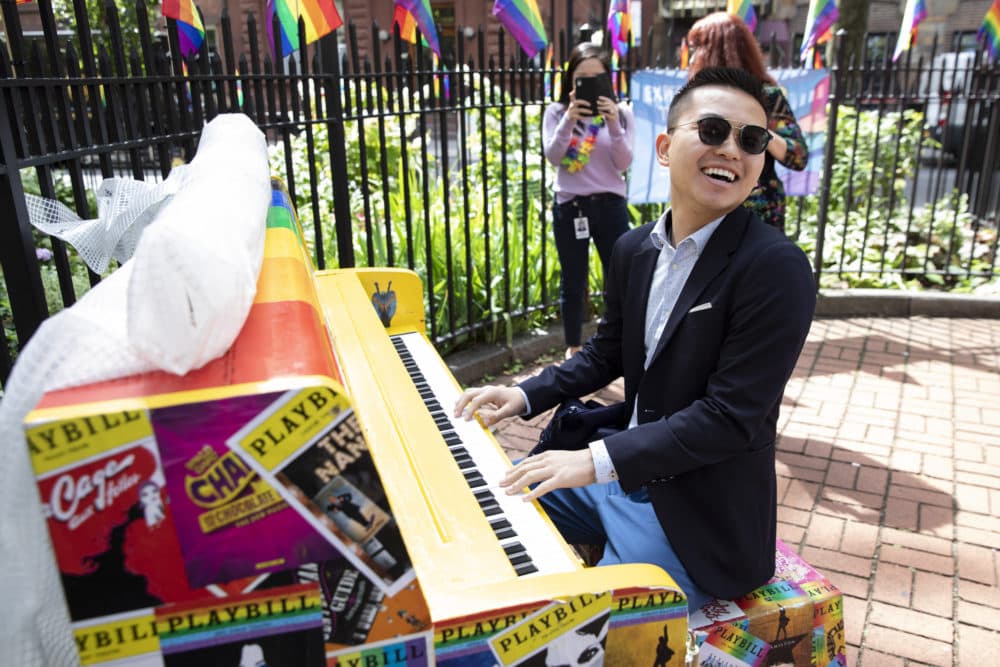Advertisement
commentary
Stonewall Birthed A Second, Quieter Revolution In Schools

In the early morning of June 28, 1969, Stormé DeLarverie may (or may not) have thrown the first punch at a police officer outside the Stonewall Inn, and shouted to the gathering crowd, “Why don’t you guys do something?” Fifty years later, it is still unclear who started the Stonewall uprising. But it is clear that the gay community of Greenwich Village heeded her call, suddenly and violently.
That night, that call, irrevocably changed the gay rights movement. Lifetimes of pent-up anger, frustration and fear galvanized into pride. Activists became more confrontational and numerous and turned what had been a relatively understated struggle into a rock fight.
Stonewall birthed a generation of activists intent on claiming the right to live and love as openly and freely as other Americans. But the confrontations, the zaps and the marches wouldn’t be enough. Winning the hearts and minds of mainstream Americans would require a different kind of battle. It would be quieter, with a different tone and message. It would be almost invisible in its early stages. And it would be fought almost entirely in schools.

The revolution in schools is still in progress — a slow tide rather than a crashing wave. It started with a simple idea: that all students need a place to belong, and LGBTQ students, especially, need a haven. A multi-racial band of students at George Washington High School in Washington Heights, New York created the first such refuge, the Gay International Youth Society, in 1972. Since then, Gay-Straight Alliances (now Gender Sexuality Alliances or just GSAs) have spread to every state in the nation. Now, over 60% of LGBTQ high schoolers report that their school has a GSA or similar group, and students at schools with GSAs are less likely to hear slurs, experience bullying, miss school or attempt suicide.
What began in Washington Heights became a movement in Massachusetts. In the late 1980s, students and teachers at a few schools — Cambridge Rindge and Latin, Concord Academy and Phillips Andover were first — created GSAs. The idea spread quickly, school to school and teacher to teacher. In the 1990s, the movement entered politics. By 1993, the importance of GSAs was codified in Massachusetts education policy, and protection for LGBTQ students was added to the Massachusetts Student Civil Rights law.
These hard-earned victories came thanks to a particularly powerful weapon: students’ straightforward public testimony recounting their daily lives at school.
“I was spit on, pushed and ridiculed,” one former student testified. “School life was hell.” Another recalled how the bullying escalated from “name-calling in elementary school,” to “being pushed and dragged on the ground and having hands slammed in lockers” in high school. One student gave voice to the isolation and despair that overwhelmed so many LGBTQ youth. “I went to bed every night praying that I would not wake up in the morning, and every morning waking up and being disappointed. And so finally I decided that if I was going to die, it would have to be at my own hands.”
Advertisement

For years, school leaders avoided helping LGBTQ children by pretending that LGBTQ children didn’t exist. It was policy of willful ignorance. In sharing their pain, students shone a light on this abdication of responsibility; it was, once again, a call to do something.
Better late than never, the Massachusetts Department of Education heeded the call. The department created the Safe Schools Program, to train faculty, provide resources, and foster GSAs in all public schools. It has become a model for the rest of the nation.
Schools became more open, humane and safe. And they taught (and continue to teach) an important lesson in overcoming fear and discomfort: where straight adults could (and did) avoid members of the LGBTQ community, straight students learned to work with a gay lab partner or speak to a gay teacher. Schools have helped many straight Americans recognize a common humanity that transcends social orientation or gender identity.
Schools are not perfect, but they can be oases of tolerance and respectful discourse in a fractured society. And GSAs are no magic bullet, but there are children alive today because of them, and countless students have grown up less scarred, less alone, less addicted and more free to be themselves than previous generations could possibly have imagined.
Throwing a punch can be a great act of defiance; so, too, the laying bare one’s deepest vulnerabilities. Both take great courage; both can, in the right place and time, bring great change. Students and teachers across the nation continue to respond to that 50-year-old call. It is a call that still needs answering — American beliefs have shifted, but they have not settled. To borrow from author Brontez Purnell, the LGBTQ community still needs places to be, and still needs to be ready to defend them.
For many students, the GSA is one of those places. It is a voice where there used to be silence, a sanctuary for the vulnerable. And it is a thing of power. Time after time, like those who raised their fists at Stonewall, the youth in their GSAs have answered the call to do something. We can only hope that their leaders — school administrators and politicians alike — will continue to follow.
